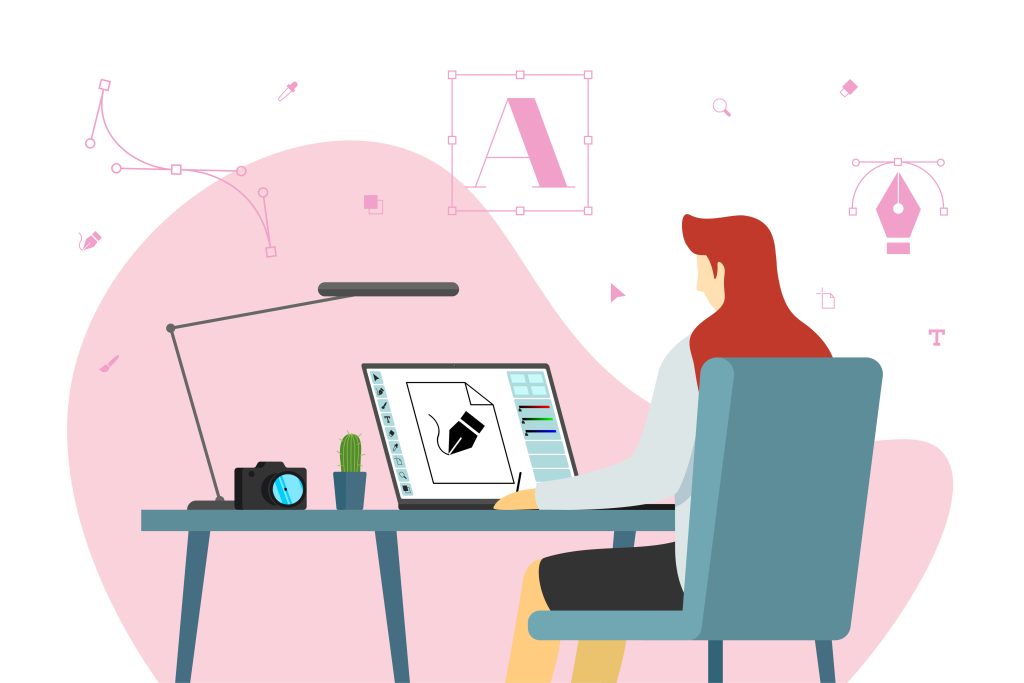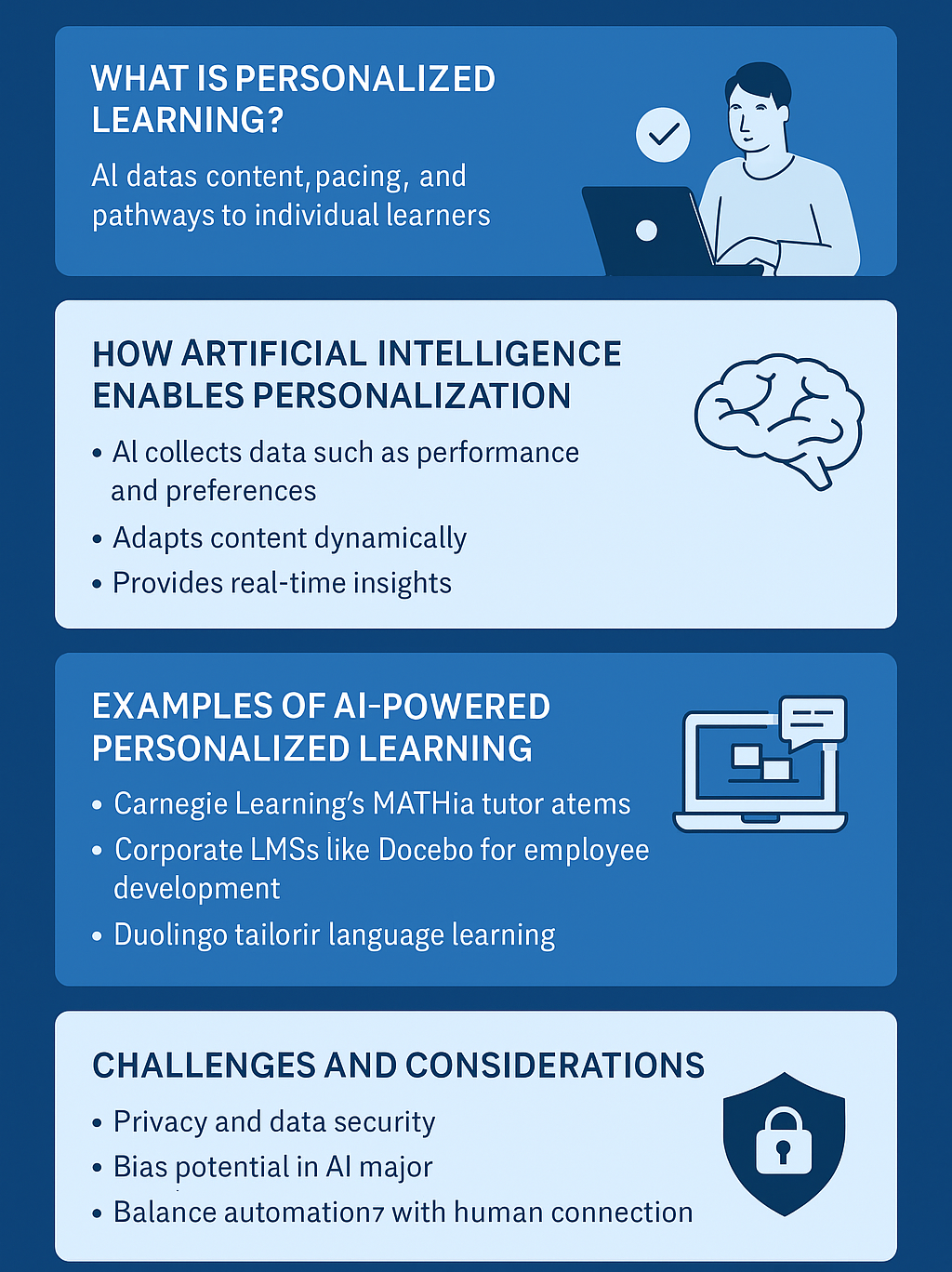In the dynamic landscape of education and communication, two roles play pivotal but distinct functions: graphic designers and instructional designers. While both professions involve the creation of impactful visual content, their purposes, principles, and skill sets diverge significantly. This article explores the differences between graphic and instructional designers, providing insights for organizations hiring an instructional designer.
The evolution of digital media has led to the emergence of several specialized professions within the realms of design and education. Among these, graphic and instructional designers have become crucial in effectively communicating ideas. Understanding the unique roles each plays is essential for businesses, educational institutions, and individuals seeking to leverage their expertise.

Graphic Design is the art of visual communication through typography, imagery, color, and form. Graphic designers create visual content for various platforms to convey specific messages or evoke emotions. Their work can be found in print media, advertising, branding, and digital platforms like websites and social media.
Graphic design is fundamentally about making information accessible and engaging through visual means. The focus is often on aesthetics, branding, and the overall user experience. Graphic designers create their designs using software tools such as Adobe Photoshop, Illustrator, and InDesign. They must understand color theory, typography, and layout principles.
On the other hand, Instructional Design is a systematic process of developing educational and training materials to facilitate learning. Instructional designers analyze learners’ needs, define learning objectives, and create materials that promote effective learning. This role encompasses various formats, including online courses, e-learning modules, and training programs.

The ADDIE model (Analysis, Design, Development, Implementation, and Evaluation) is widely recognized as a staple framework in instructional design. This model provides a systematic approach to designing and developing effective instructional materials. Instructional designers must employ pedagogical theories and frameworks within the context of the ADDIE model to ensure that the materials produced are engaging and effective in enhancing learners’ understanding and retention.
While graphic design focuses on visual appeal, instructional design emphasizes content structure and delivery. Consequently, instructional designers often collaborate with subject matter experts (SMEs) to ensure the content is accurate and relevant.
Key Differences Between Graphic Designers and Instructional Designers
| Graphic Designer | Instructional Designer | |
| Objectives and Focus | The primary objective is to create visually appealing content to communicate a message or evoke a response. Their focus is on aesthetics and brand representation. | The main objective is facilitating learning by creating instructional materials that address specific learner needs. Their focus lies in building compelling educational experiences. |
| Skill Sets and Tool Proficiency | Proficient in visual design software and possess creative skills related to visual communication. | Skilled in learning theories, instructional strategies, and authoring tools for e-learning. They may use graphics, but their design work usually serves an instructional purpose. |
| Collaboration with Stakeholders | Often work directly with marketing teams, clients, or branding agencies to fulfill visual requirements. | Collaborate with educators, subject matter experts, and stakeholders to ensure the educational value of the materials created. |
| Evaluation and Assessment | Typically assess the effectiveness of their designs based on user engagement and feedback regarding visuals and branding. | Measure the effectiveness of their materials based on learner outcomes, retention, and knowledge transfer. |
How to Hire an Instructional Designer
Given the unique skills and objectives of instructional design versus graphic design, organizations seeking to hire an instructional designer should approach the search systematically. Here are several tips to consider:
- Define Your Needs:
- Clearly outline the goals of the project. Are you developing an e-learning course, creating training materials, or needing support for a blended learning environment? Understanding your needs will help narrow the search for the right instructional designer.
- Look for Relevant Experience:
- Seek candidates with a background in instructional design or educational technology. A portfolio showcasing previous projects can highlight their ability to create effective instructional materials. Ask about their experience with learning management systems (LMS) and instructional design models.
- Assess Knowledge of Learning Theories:
- Effective instructional designers should be well-versed in adult learning theories and methodologies. Look for candidates who can explain their approach to designing learning experiences and how they adapt their strategies to different audiences.
- Evaluate Collaboration Skills:
- Instructional designers often work with subject matter experts and other stakeholders. Examine their communication skills and ability to collaborate across disciplines. Conducting scenarios or role-play exercises during interviews may be useful to gauge their interpersonal skills.
- Check Technical Proficiency:
- Instructional designers should be proficient with relevant software and tools, such as Articulate Storyline, Adobe Captivate, or other authoring tools. Inquire about their experience with multimedia production and graphic design tools, as these skills can enhance the quality of their work.
- Cultural Fit and Soft Skills:
- Consider the organizational culture and the complexity of the projects. An instructional designer should be adaptable, open to feedback, and capable of managing their time effectively in a team-driven environment. Behavioral interviews can help assess these important qualities.
Understanding the distinctions between graphic and instructional designers is crucial for organizations looking to communicate effectively and educate their audience. While both roles engage with visual media, their objectives, skills, and methodologies vary greatly.
Organizations seeking to hire an instructional designer should ensure they identify their needs and evaluate candidates based on relevant experience, knowledge of learning theories, technical proficiency, and their ability to collaborate effectively. By following these considerations, organizations can enhance their educational offerings and foster a culture of learning.
At The Space of Agnes Elisa, we work collaboratively with graphic designers, animators, subject matter experts, and colleagues to enhance the learning content and make it accessible and an experience for everyone. If you want to learn more, visit us at www.agneselisa.net and follow me in all social media at: The Space of Agnes Elisa.






